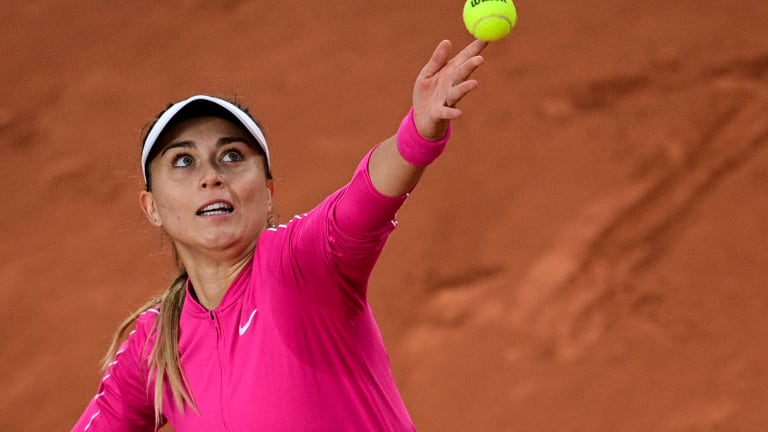Australian Open
"It wasn’t worth it": Paula Badosa vs. The Quarantine
By Feb 08, 2021Australian Open
Australia at Last: Reflections on a first trip to the AO
By Jan 29, 2025Australian Open
Alexander Zverev must elevate his game when it most counts—and keep it there
By Jan 27, 2025Australian Open
Jannik Sinner draws Novak Djokovic comparisons from Alexander Zverev after Australian Open final
By Jan 26, 2025Australian Open
Alexander Zverev left to say "I'm just not good enough" as Jannik Sinner retains Australian Open title
By Jan 26, 2025Australian Open
Jannik Sinner is now 3-0 in Grand Slam finals after winning second Australian Open title
By Jan 26, 2025Australian Open
Taylor Townsend and Katerina Siniakova win second women's doubles major together at the Australian Open
By Jan 26, 2025Australian Open
Madison Keys wins her first Grand Slam title at Australian Open by caring a little bit less
By Jan 25, 2025Australian Open
Henry Patten, Harri Heliovaara shrug off contentious first set to win Australian Open doubles title
By Jan 25, 2025Australian Open
Aryna Sabalenka takes a rare loss in Australian Open slugfest
By Jan 25, 2025"It wasn’t worth it": Paula Badosa vs. The Quarantine
The only player to contract coronavirus after arriving in Melbourne for the Australian Open, the Spaniard describes how 21 days in isolation affected her physically and mentally.
Published Feb 08, 2021
Advertising

"It wasn’t worth it": Paula Badosa vs. The Quarantine
© Getty Images
Advertising
Advertising

"It wasn’t worth it": Paula Badosa vs. The Quarantine
© AFP via Getty Images
Advertising
Advertising
Advertising

"It wasn’t worth it": Paula Badosa vs. The Quarantine